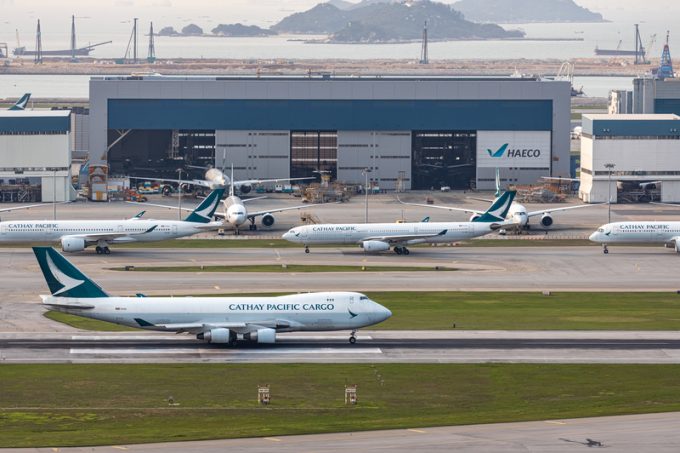Wong Siew Loong joins Kerry Logistics as CCO and MD South-east Asia
Kerry Logistics Network (KLN) has announced the appointment of Wong Siew Loong as its chief ...

New measures against the spread of Covid-19 infections in Hong Kong could cost Cathay Pacific up to a quarter of its cargo capacity.
The Hong Kong authorities are planning a 14-day quarantine and seven-day medical surveillance mandate for flight crews returning to the territory after a layover abroad.
So far, flight crews have been exempt from Hong Kong’s quarantine rules, but the new regime is planned to come into effect some time next month.
The impact on Cathay will be severe. Management estimates ...
Transpacific sees first major MSC blanks as rates fall and volumes falter
'It’s healthy competition' Maersk tells forwarders bidding for same business
White House confirms automotive tariffs – 'a disaster for the industry'
New price hikes may slow ocean spot rate slide – but for how long?
Shippers snap up airfreight capacity to US ahead of tariff deadline
Supply chain delays expected after earthquake hits Myanmar
Tighter EU import requirements proving 'a challenge' for forwarders

Comment on this article